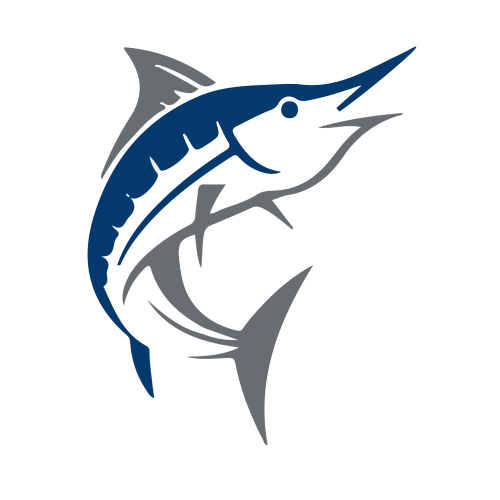sturgeon
Sturgeons belong to the Acipenseridae family, which are also known as living fossils due to their age. These fish are divided into 27 species and subspecies in the world. The world’s top five species of sturgeon include the Huso Huso or Beluga, the Russian sturgeon or Chalbash (Acipenseridae gueldenstaedtii), the Persian Sturgeon or Ghara Boron, the Acipenser nudiventris sturgeon, and the Ozone Boron (starry sturgeon) fish or Suruga are the main types in the Caspian Sea.Sturgeon breeding is conducted in warm waters, earthen ponds, concrete and fiberglass bonds to extract sturgeon meat.The species reared in Iran are Acipenser Ruthenus (Volga Sterling) and Huso Huso (Phylloxera)
The slow growth of sturgeon means that it’s crucial to select the correct food with right level of energy and provide all the necessary factors for fish growth in different climatic conditions of the country according to the breeder’s schedule.
This not only can save time, but it also prevents the growth of fish.
The extrusion method provides following benefits:
- Balanced protein/fat ratio provides the best growth.
Appropriate conversion coefficient due to slow growth of sturgeon
By adding compounds that stimulate the defense system, fish can enhance its natural immune response to disease.
The proper density of feed and the prolonged immersion and falling into the water column maximize the amount of the given food.
- The zigzag movement of the feed as it falls makes it visible to the fish.
The preparation of this feed requires the use of highest quality raw materials.
The breeding environment is less polluted when feed grains are consistent, stable and don’t break after reaching the substrate of water.
Feeding of Farmed Sturgeon
In order to achieve maximum growth and high profitability, it is crucial to determine the appropriate and optimal feeding percentage.
The percentage of feeding varies according to body weight at different temperatures.
The best suggestion and method for proper nutrient is Feed Conversion Ratio (FCR), Biomass Weight (BW), and Coefficient of Fat (CF).
The amount of daily food is determined according to the temperature, weight and number of fish and should be calculated every 5-10 days. The average weight is determined every 5 days with the start of external feeding. The amount of fish should be determined by deducting losses. To change the feed size to a larger size, it is important to mix it with the previous size gradually.
After every day feeding, it is necessary to check the tank for the food that has been consumed.
If there is a lack of feed consumption, the fishes’ diet and rearing conditions should be evaluated. After identifying the cause of poor fish feeding, the daily food amount should be adjusted accordingly.








